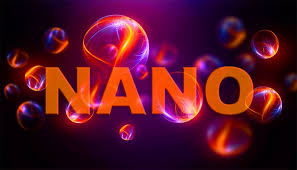MBCFET multi-layered nano-transistors and carbon nanotubes (based on nano-microelectronics PHD ) (educational-research doctorate)
Researcher and author PhD student Afshin Rashid
Note: MBCFET multi-layer nano-transistors are better and voltage scalable by reducing the process node, minimizing the negative aspects of multi-layer nano-transistor constraints. MBCFETs work by increasing the contact area between the transistor channel and the gate by scaling in the vertical direction, allowing for faster loading and higher current density compared to a flat design.
MBCFET multi-layer nano-transistors, such as flat transistors, FinFET transistors, eventually reach a point where they cannot scale as the processing nodes shrink. In order to scale, that area of contact between the canal and the gate must be increased, and the method of doing so is to use CNTs multilayer carbon nanotubes. The nano-layers adjust the dimensions of the transistor to ensure that the gate is also under the channel, not just at the top and sides. This allows MBCFET multi-layer nanocrystals to assemble the transistors vertically.
CNTs are used in the structure of MBCFET multi-layer nanocrystals. The rate of increase in thermal power and resistance of nanotubes is proportional to the third root of the mass of atoms and molecules. Also, heating increases the strength of the nanotube and increases its tensile strength by six times and increases its conductivity . As the atoms or molecules collide with the carbon nanotube , its electrical resistance changes . There are also these effects on the function and structure of MBCFET multilayer nanoparticles.
Conclusion:
Multi-layer MBCFET nano-transistors are better and voltage scalability is reduced by reducing the process node, minimizing the negative aspects of multi-layer nano-transistor constraints. MBCFETs work by increasing the contact level between the transistor channel and the gate by scaling in the vertical direction, allowing for faster loading and higher flow density compared to a flat design.
Author: PhD Student ( Afshin Rashid)




